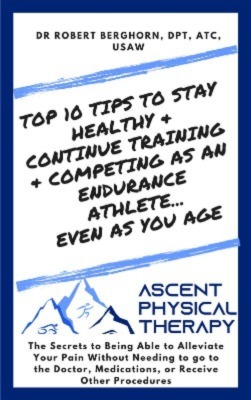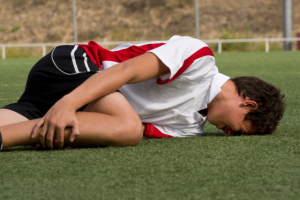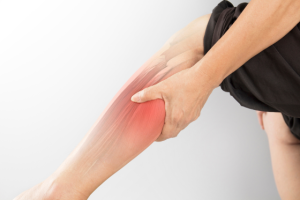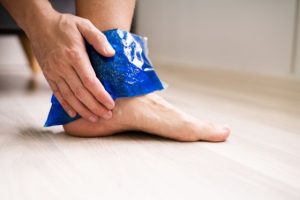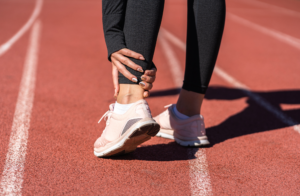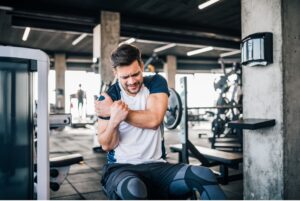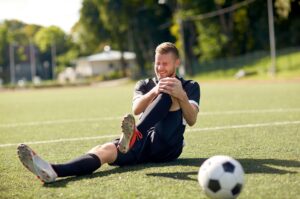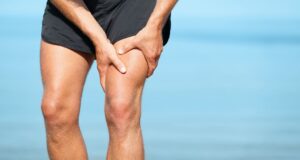“Do You Have An Endurance Sport-Related Injury, And Are You Looking For The #1 Endurance Athlete Expert In Long Island NY To Fix It Fast?”
“If YES, congratulations, you’ve found Robert Berghorn… Regarded by many as the leading endurance athlete expert in Long Island, NY, with a proven track record of helping both amateur and elite-level athletes achieve their goals”
DISCOVER 10 TIPS TO STAY HEALTHY AND CONTINUE TRAINING EVEN AS YOU AGE WITHOUT PAINKILLERS, INJECTIONS, OR SURGERY
Get your copy of this report, written by the leading endurance athlete expert, Robert Berghorn, where you can learn:
How to stay active and healthy during busy training seasons.
What are the most common mistakes you’ve been doing that keep you in pain and decline your athletic performance.
How to do exercises and stretches correctly to be prepared for endurance sports.
How to enhance your performance even if you’re in your 50s, 60s, or even 70s.
LATEST EXPERT ARTICLES FROM ROBERT BERGHORN
Read Robert’s latest articles to stay up to date with the best and natural treatments and performance enhancement tactics.
“Dr Robert was able to put me back together. The back pain was gone within 2 weeks, and I feel I’ve gotten so much stronger.”
Discover how Robert Berghorn helped other athletes like you recover from their severe injuries and enhance their performance so they can enjoy endurance sports and compete at world championships and run marathons.
“I was able to return to lifting and gymnastics. At this time, I have no limitations.”
Ryan, Long Island
“Within 2 weeks of starting with Robert, I noticed a major decrease in my lower back pain and saw gains in my overall strength and balance.”
Brian, Long Island
“I ran the marathon and crossed that finish line just 13 minutes after Dr Robert did!”
Lori, Long Island
Is This Where You’ve Heard Of, or seen, Robert Berghorn Jr. Before?

Dr. Berghorn participated in events like Might Hamptons Triathlon, Smith Point Triathlon, Tri One On, or the Port Washington Triathlon. He also competed in Great South Bay Half Marathon and New York City Marathon.

Robert Berghorn wrote many free advice reports where he put all the relevant information on injury prevention and general care for your body, so you know how to keep active without getting injuries or declining in your performance.

Robert Berghorn has been a physical therapist for over a decade, and his thorough knowledge and experience gained him the reputation of the leading endurance athlete expert in Long Island, NY.

Apart from treating endurance athletes at his Ascent Physical Therapy clinic, Robert also educates others on sports injury prevention and performance enhancement techniques by hosting regular workshops.
Want Help Deciding If Physical Therapy Is Right For You?
Arrange A Free
Discovery Visit
Discovery Visit
Perfect for you if;
- Don’t know whether physical therapy is for you and your sports injury.
- Want to visit our clinic and see how you can get fast, natural pain relief.
- Have questions and aren’t sure if your sports injury can be fixed.
- Want to speak to an endurance ethlete expert so you can understand what your options are.
Arrange A Free
Telephone Consultation
Phone Consultation
Perfect for you if;
- Don’t know whether physical therapy is right for you and your sports injury.
- Want personalized advice from the comfort of your own home.
- Have questions and aren’t sure if your sports injury can be fixed.
- Want to speak to a endurance athlete expert so you can understand what your options are.
Speak to the Endurance Athlete Expert
To speak to Long Island NY’s Endurance Athlete Expert,
Robert Berghorn, call on (516) 387-0053
Where you have seen Robert Before
Robert Berghorn has been seen at events like Might Hamptons Triathlon, Smith Point Triathlon, Tri One On, or the Port Washington Triathlon.
Robert Berghorn has also been seen at the Great South Bay Half Marathon and New York City Marathon.
Visit Our Award-Winning Clinic
1129B North Broadway, North Massapequa, NY
Monday – Friday 8:00am – 8:00pm
Saturday 8:00am – 12:00pm
Sunday Closed

